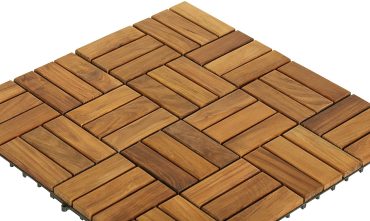1. Moisture Barrier: Some underlayments are designed to act as a moisture barrier, preventing moisture from the subfloor (concrete or plywood) from reaching the wood flooring. This is particularly important for protecting the wood from swelling, warping, or cupping due to moisture exposure.
2. Subfloor Leveling: Underlayment can help level minor imperfections in the subfloor, ensuring a smooth and even surface for the wood flooring installation. This is essential for preventing uneven wear and gaps in the finished floor.
3. Sound Reduction: Underlayment with sound-dampening properties can reduce the transmission of impact and airborne noises between floors. This is especially beneficial in multi-story buildings and spaces where noise reduction is desired.
4. Thermal Insulation: Some underlayments provide thermal insulation, helping to maintain a comfortable indoor temperature and reducing the transfer of heat or cold through the floor.
5. Cushioning and Comfort: Certain underlayments add a layer of cushioning between the wood flooring and the subfloor, enhancing comfort underfoot. This is particularly beneficial in areas where people stand for extended periods, such as kitchens.
6. Vapor Retarder: In humid environments, certain types of underlayments can act as vapor retarders, limiting the movement of moisture from the subfloor to the wood flooring. This helps prevent moisture-related issues.
7. Impact Resistance: Underlayment can provide an additional layer of protection against minor impacts, reducing the likelihood of dents and damage to the wood flooring.
8. Noise Reduction: Underlayment can help dampen sound, reducing noise transmission from footsteps, furniture movement, and other activities. This is especially important in multi-family dwellings or spaces where noise control is a priority.
9. Ease of Installation: Some underlayments are designed to simplify the installation process by providing a stable surface for the wood flooring to adhere to. This can result in a smoother installation and better overall performance.
It’s important to note that not all wood flooring installations require underlayment. The necessity of underlayment depends on factors such as the type of subfloor, the type of wood flooring, and the specific requirements of the manufacturer’s installation guidelines. Always follow the manufacturer’s recommendations and consult with a professional installer or flooring expert to determine the appropriate type of underlayment for your specific wood flooring and installation conditions.















